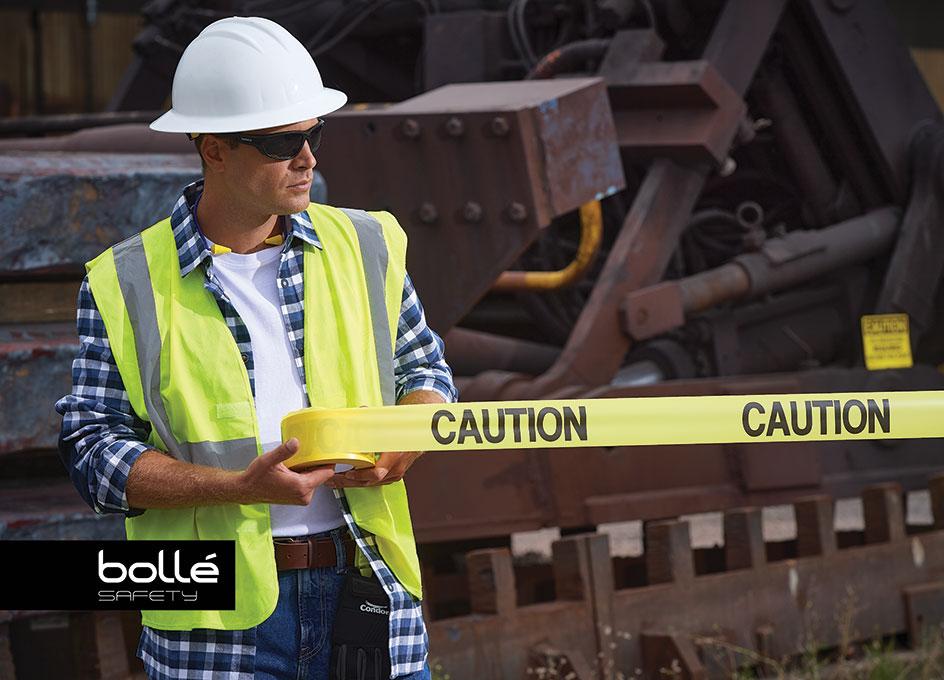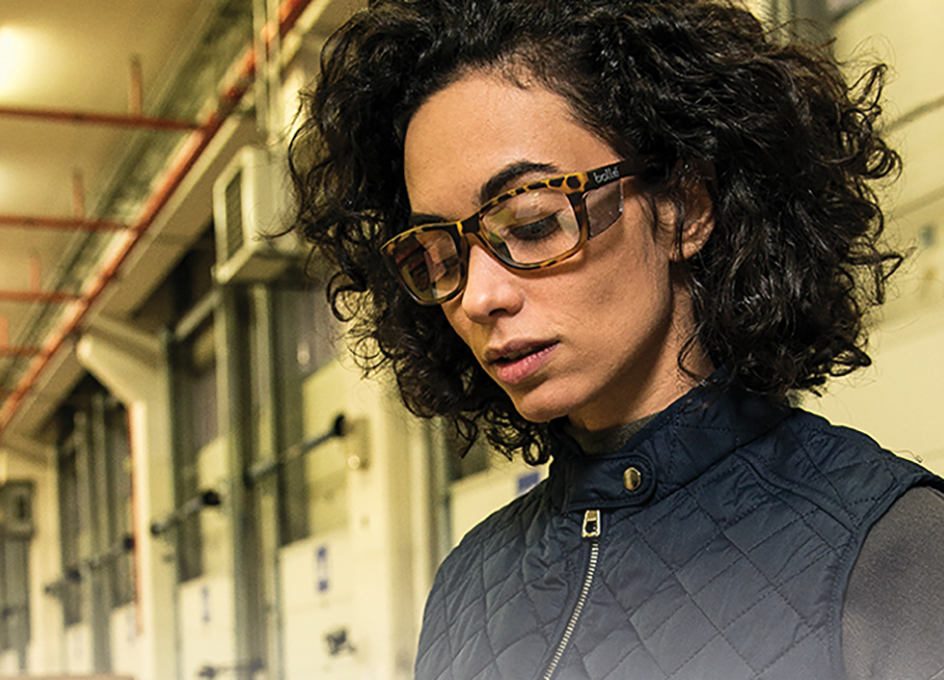When choosing eye protection one of the first questions to consider is whether they are for indoor or outdoor use, as this helps to determine what lens is best: tinted or clear. However, what if work is both indoors and outdoors, as is the case in many trades?
A smoke or polarised lens is ideal for the bright, often glary conditions of the Australian outdoors, but limits vision indoors. Conversely, the pale or clear lenses used for indoor work offer little to no sun or glare protection outdoors, thus also limiting vision. Moreover, going from indoors to outdoors and vice versa requires eyes to adjust which causes further vision impairment, if only temporary. Your retina has two types of cells: rods and cones. Rods help us to see in darker conditions, cones help us to see in lighter conditions. When you go outside the stronger light bleaches the pigment in the rods, which do not function again until they become unbleached in lower light. That is why it takes time for the eye to adjust when going from sunny outdoors to lower light indoors and the result is a period of low vision.
On a worksite any period of reduced vision leads to increased risk, so what is the solution? Bollé Safety has a range of lenses to suit different conditions, one of which is CSP, or Comfort Sensitivity Perception. CSP lenses allow for easier transition between indoor and outdoor conditions by blocking some light rays, but not all, thus allowing for a more balanced light experience. UV and blue light are reduced, whilst contrast is increased, and there is less adjustment resulting in temporary low vision. CSP lenses have the advantage over ‘transition’ or ‘photochromic’ lenses in that they do not require time to adjust as the light changes and are not affected by cold or hot environments. Photochromic lenses take longer to adjust in cold temperatures which further increases the risk caused by low vision. Bollé Safety’s CSP lenses come with Platinum: an anti-fog & anti-scratch coating applied on both sides of the lens that increases the longevity of use and prevents fogging in extreme temperatures.

 1800-HEATLEYS
1800-HEATLEYS




